
However, despite being one of the best RPGs of 2025, there’s a lot that it gets wrong. Namely, Avowed fails to correct a mistake Skyrim made over a decade ago with its cities. While many may not initially believe that cities are all that important in an RPG, both Avowed and Skyrim prove the contrary. However, Avowed didn’t fail due to a lack of trying, rather it was an overcorrection on Obsidian Entertainment’s behalf that saw it struggle to truly nail a believable and compelling fantasy city, leaving the task still unfinished.
Avowed’s Cities Aren’t As Small As Skyrim’s
They’re Substantially Bigger
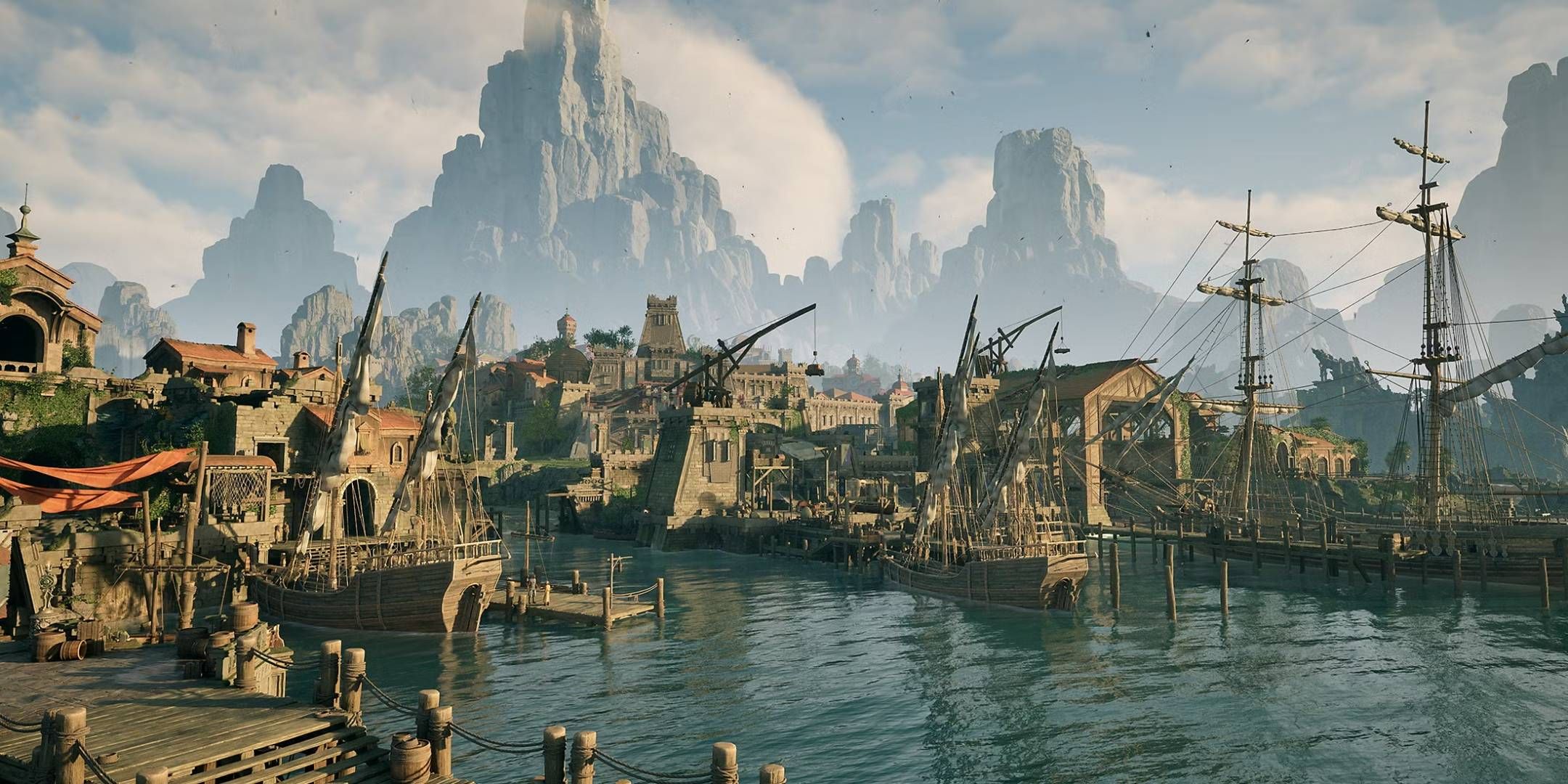
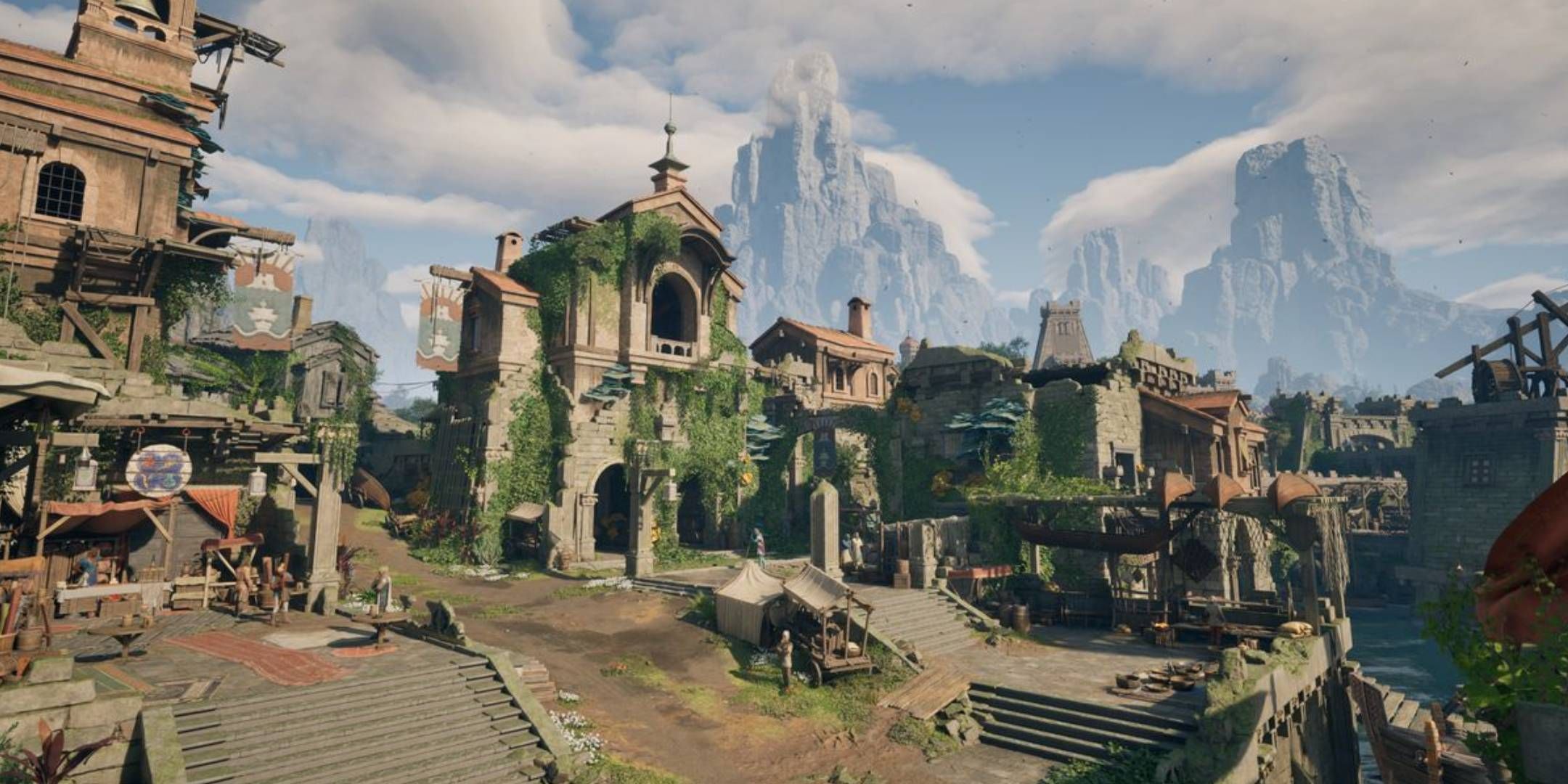
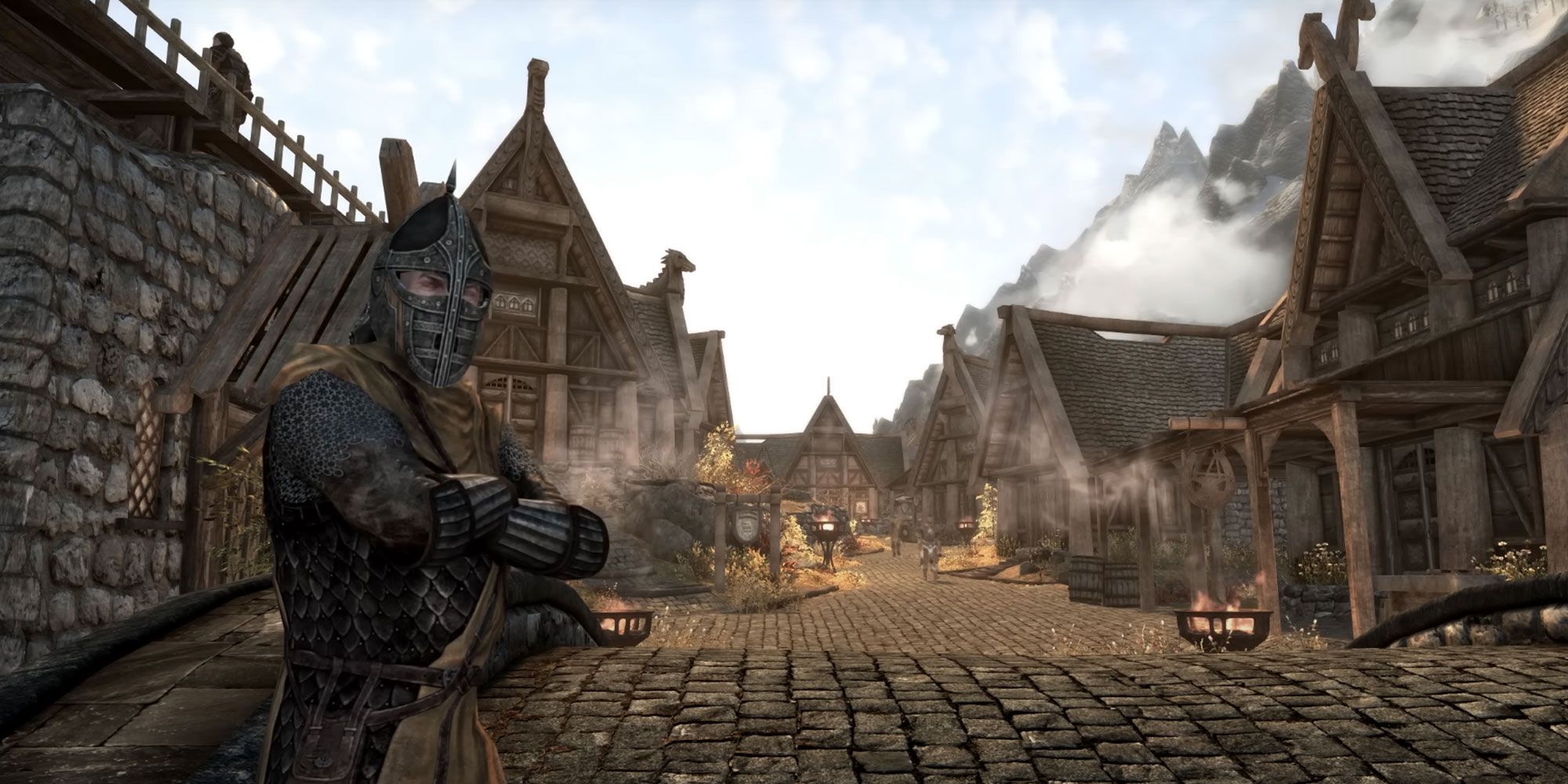
One of Skyrim’s few faults is its cities. While many will likely fondly remember Whiterun, Solitude, and Riften, they never feel truly believable. Bethesda pulled out every trick in the book to make them as immersive as possible, including packing them full of interesting lore details such as the factions that inhabit them and the industries that sustain them. However, they all struggle due to their problem with scale, feeling far too small and thus making the continent of Skyrim feel like a video game location rather than a real place as a result.
Avowed abandons the open-world formula, instead featuring open areas. This was a smart move, as it allowed Obsidian Entertainment to pack each area with a plethora of details and feature huge cities that Skyrim could only dream of. Avowed cities are truly massive, featuring varied districts, detailed environments, and plenty of interior locations. They’re a marvel to behold, and will likely make players look in awe the first time they enter them. However, what Avowed makes up for in scale, it loses in immersion.
Big Cities Feel Even More Empty Without Enough NPCs
It Feels Unrealistic
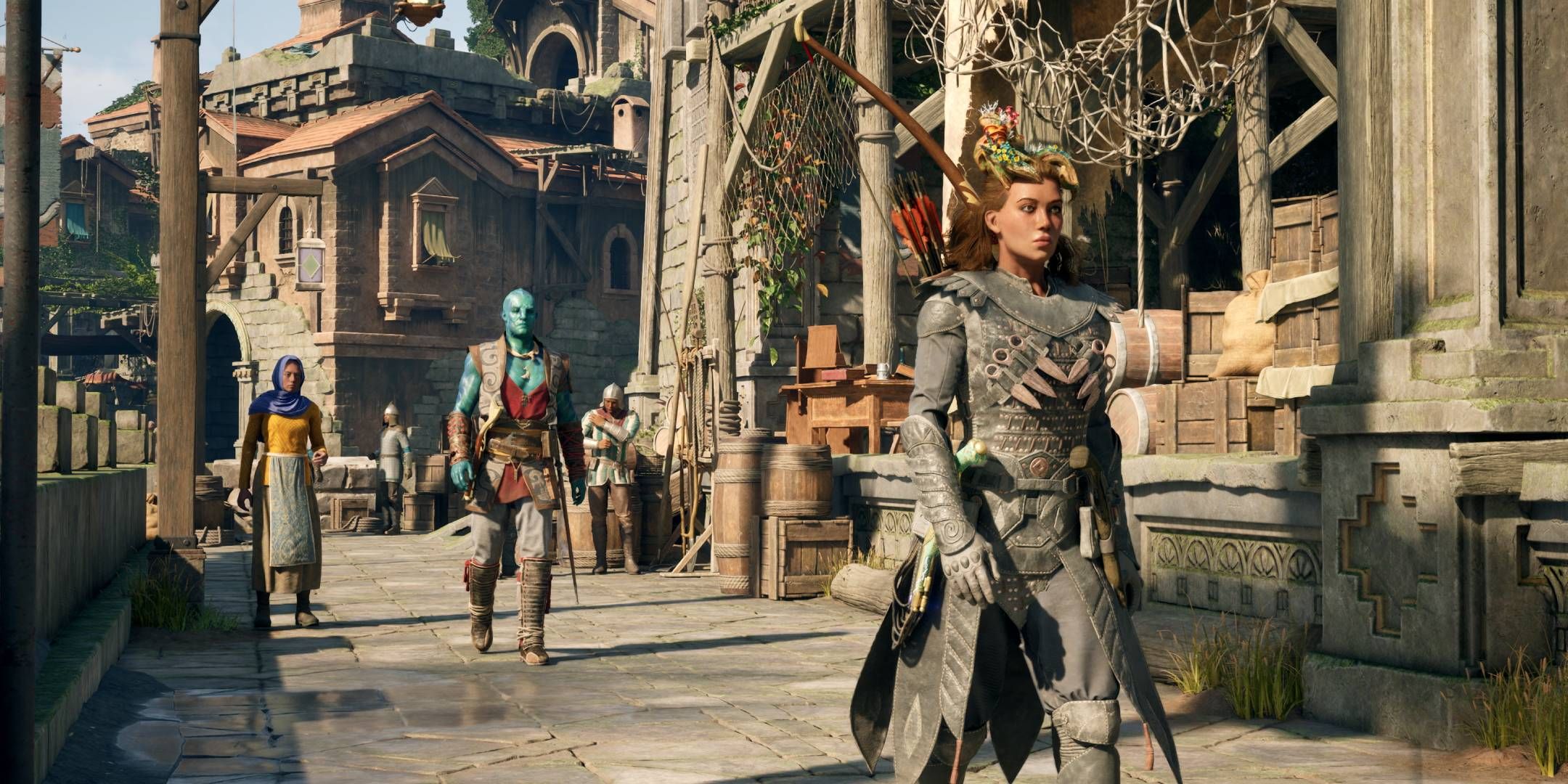
The problem is that there are no NPCs wandering around the cities, which goes a long way to making it feel alive. Additionally, even when there are NPCs, they are completely still, or stuttering around as they move a short distance. Cities feel static, as if they’ve only just appeared the second the player arrives, which is made worse by the fact that there are few ways to interact with Avowed’s NPCs and world. Players can’t commit crimes, attack NPCs, or really impact the areas around them.
This may have something to do with Avowed’s multiplayer roots. Originally, Avowed was intended to be a co-op RPG, but Obsidian scrapped the multiplayer features to improve the single-player side. It was a smart move, but the remnants of its multiplayer roots, such as a lifeless city which is a common feature in MMOs, clearly linger. Avowed’s best features still shine despite the lackluster cities, but it shows that even while attempting to fix Skyrim’s biggest problems, Obsidian has unfortunately come short.
Cities Might Be The Biggest Challenge In Modern RPGs
They’re Hard To Make Believable
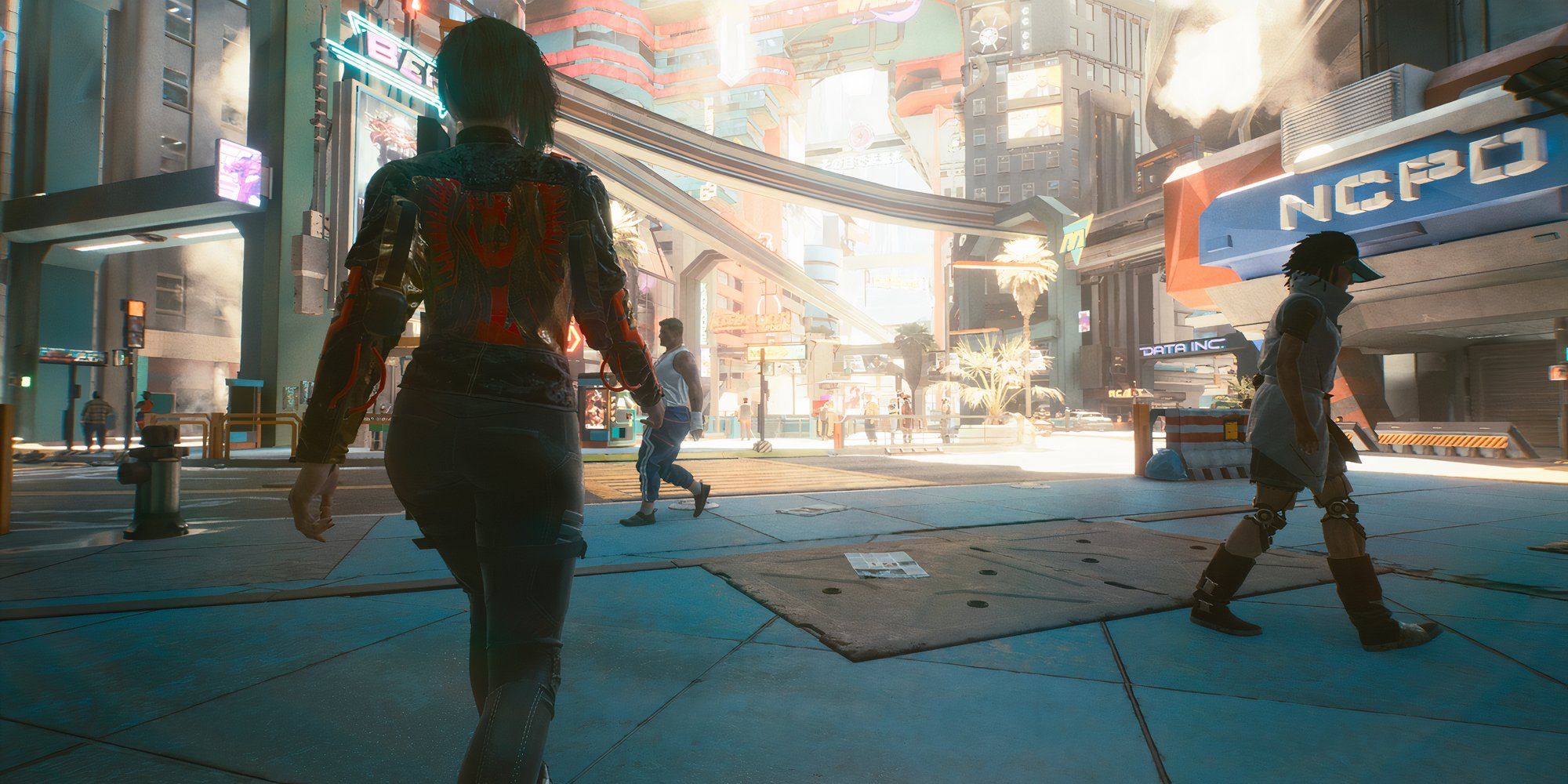
Modern RPGs have really struggled to make cities feel compelling or believable. While a few have tried, and some have even succeeded – the most notable example of which is The Witcher 3 – they often fall short. The biggest obstacle to making cities work in RPGs is getting the scale and interactivity right. In real life, people can wander freely around cities, and while they can’t enter every house, they can still knock at the door, head into every shop, talk to every passerby, eat at every restaurant, and so much more.
Video games aren’t interested in letting players do that, as it rarely influences the main story of gameplay loop, unless it’s a core component of it. Games like Persona 5, for example, give fans more ways of interacting with its city, as it’s as much of a life sim as it is a JRPG. That’s completely understandable, but it doesn’t mean that RPGs should abandon immersion in its cities altogether. This is something that Skyrim understood, even despite its smaller scale, as it populated its cities with named NPCs who felt like they had lives, even if they were simplistic.
RPGs have a long way to go when it comes to building realistic and believable cities. Avowed came somewhat close, at least in terms of scale, but felt empty, while Skryim’s felt believable but too small. There has to be a middle ground that a future RPG, potentially even the long-awaited Elder Scrolls 6, can find. However, until then, Avowed’s large and admittedly very beautiful, yet empty cities will have to do.





